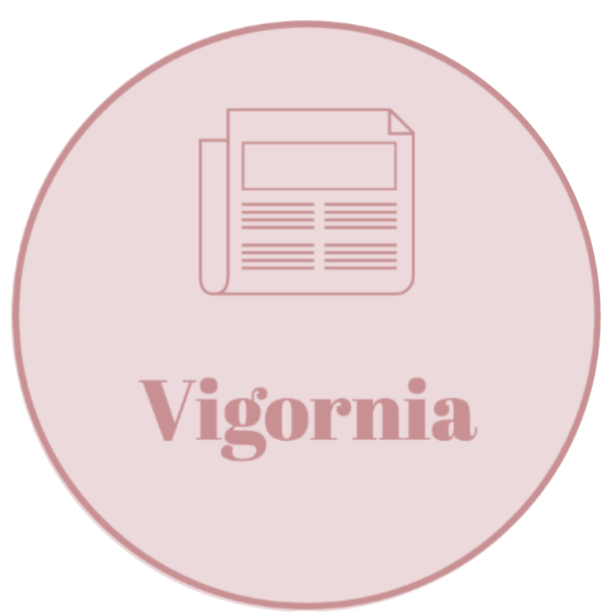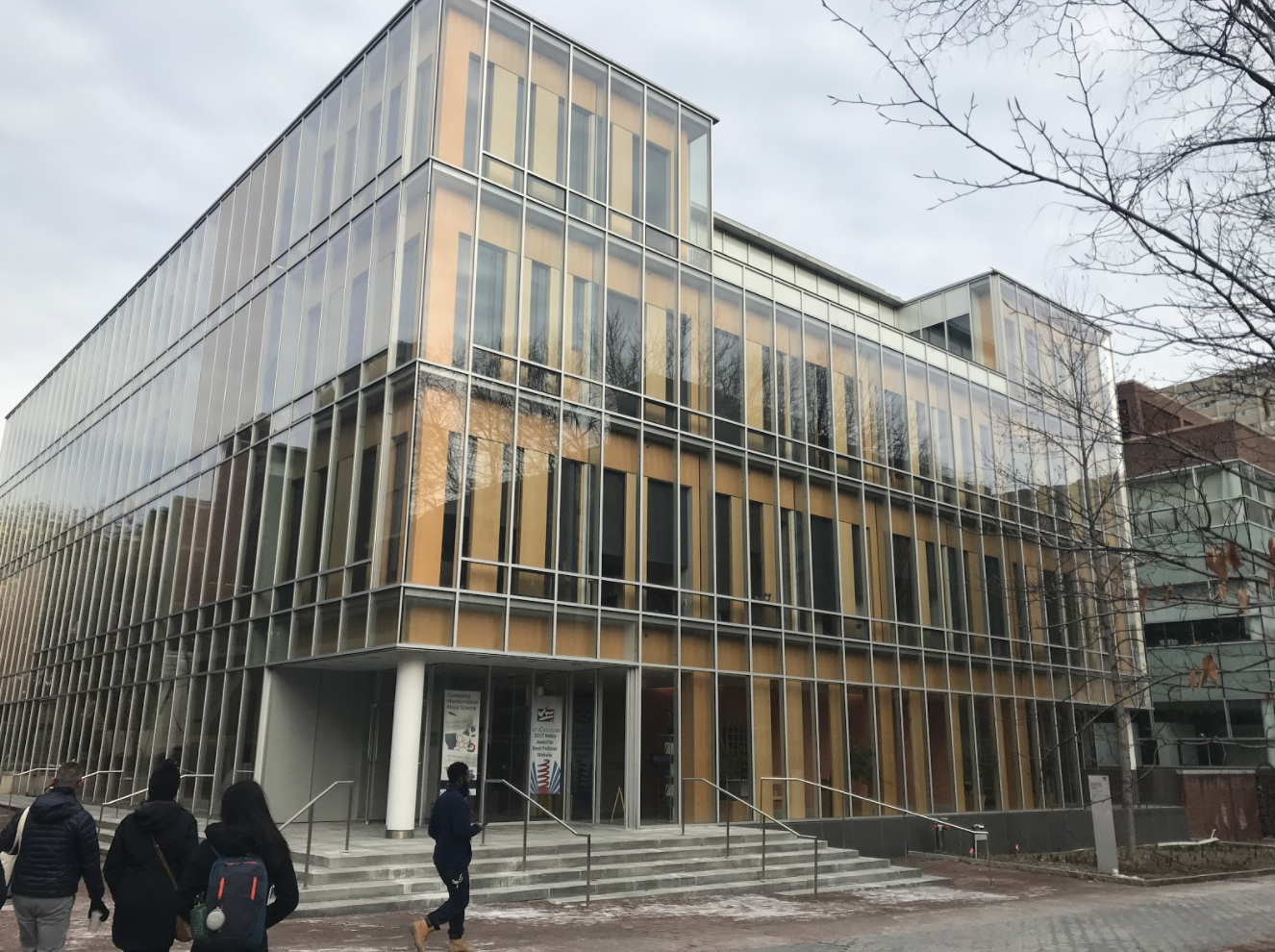College Tour Trip 2018
At the break of dawn on March 11, a group of sophomores and juniors- along with the college counselors- left WA to go on a week-long trip to tour colleges in and around New England. Leaving promptly at 7 am, we drove four hours to our first stop: New Jersey.
During our five hours in New Jersey, we had visited two schools: Rutgers University and Princeton University. The students at Rutgers were on spring break, so we did a self-guided tour.
Rutgers University is a public school, with three regional campuses. Since their campus is so huge, students get around by bus! Their facilities were top notch, and the classrooms we saw were very modern and high-tech. The buildings were a mix of both traditional and modern styles. For students who want to be live on a huge campus with excellent facilities, Rutgers is a great option!
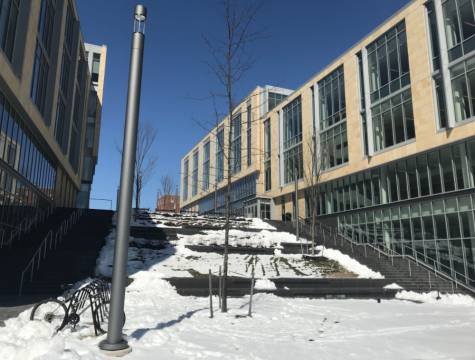
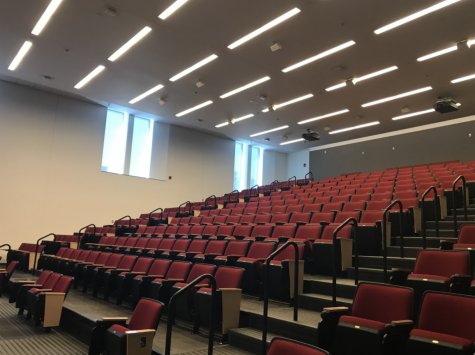
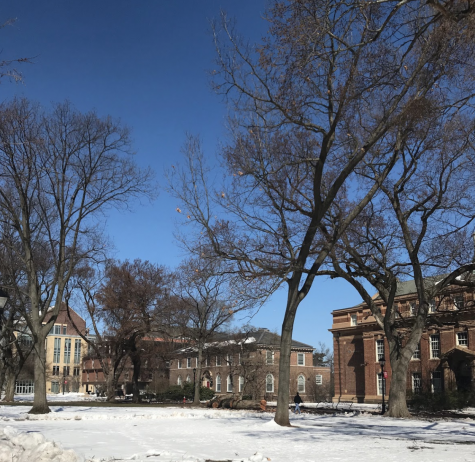
Afterward, we traveled 45 minutes to Princeton University. We were all in awe of the beautiful campus and buildings. Princeton is an Ivy League school and one of the most prestigious schools across the country. Princeton’s campus is big but not as huge as Rutgers. Princeton has around 8,000 students, with 5,000 of those being undergraduate students. Its buildings were mostly old and covered with ivy, but it still somehow looked elegant. The campus is not spread out, and you can really feel the closeness of the community and the campus feel. Everyone on the tour loved this campus, and for students who want a smaller population of students, Princeton should definitely be at the top of your list.
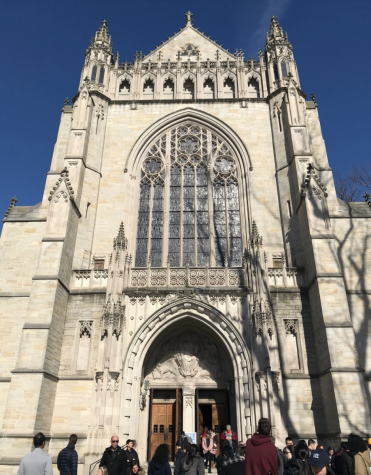
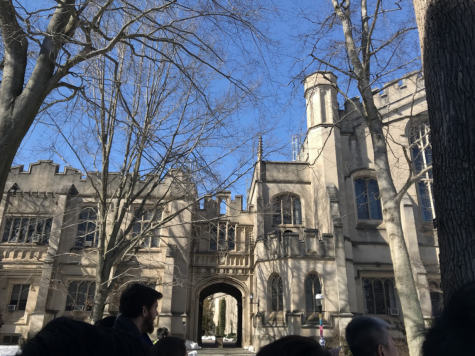
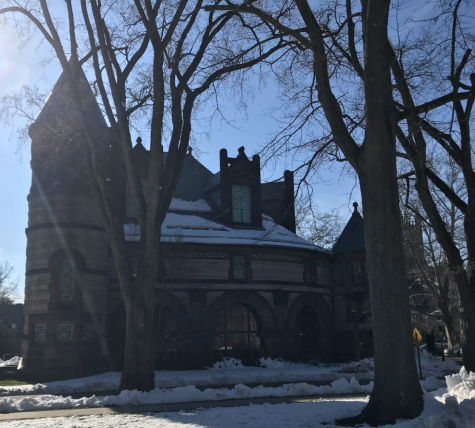
After visiting Rutgers and Princeton, we drove all the way to Philadelphia, where we stayed at the Sheraton hotel.
The next day, we took a short walk to the University of Pennsylvania, another one of the Ivies. UPenn’s campus was in the middle of the city, but it wasn’t spread out. It still had a small campus feel, even though it was 302 acres. There definitely was a variety of buildings, from traditional and gothic style buildings to modern glass buildings. For me, it was one of the first universities I’d seen that had towering apartment buildings for upperclassmen dorms. Across campus, there are different houses and buildings for classes and greek life. UPenn’s campus will suit students who want to be close to the city yet still have a sense of campus feel.
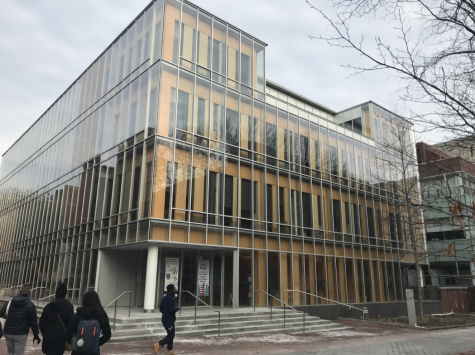
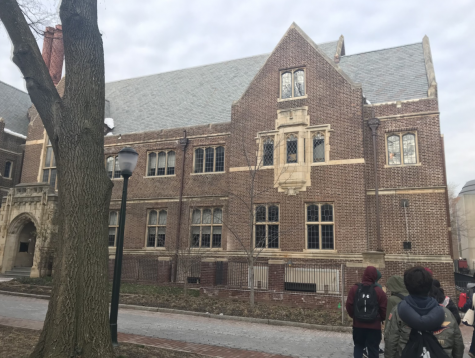
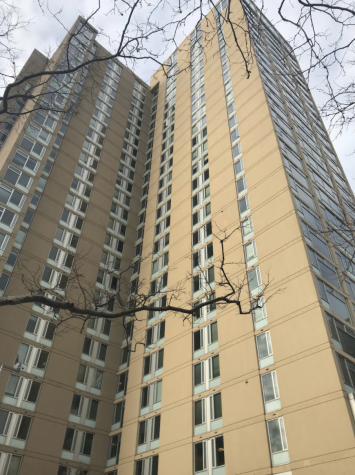
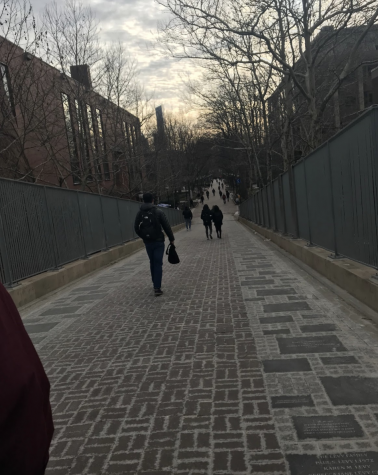
After visiting UPenn, we drove to Villanova University. Villanova has tons of old buildings with amazing architectural designs. The interior of the buildings matches the old-fashioned architectural designs on the outside. Since Villanova is a Catholic school, its chapel was definitely one of the highlights of the tour. The campus is spread out, but it doesn’t take more than 15 minutes to walk from the freshman dorm to the furthest classroom building. There is a strong sense of community there, however, it wasn’t as strong between racial and ethnic groups. Overall, students who are outgoing and adventurous will find a home at this school.
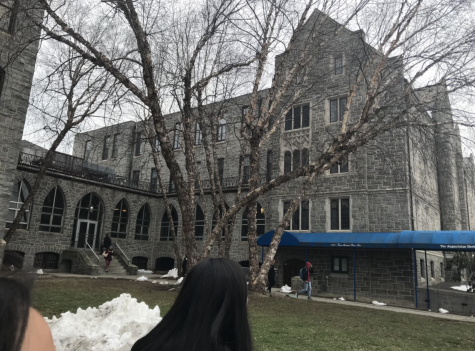
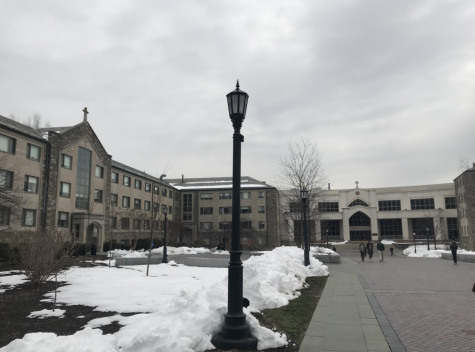
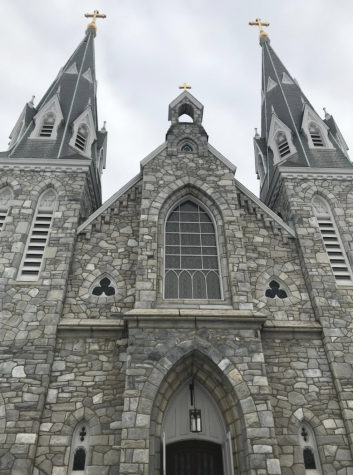
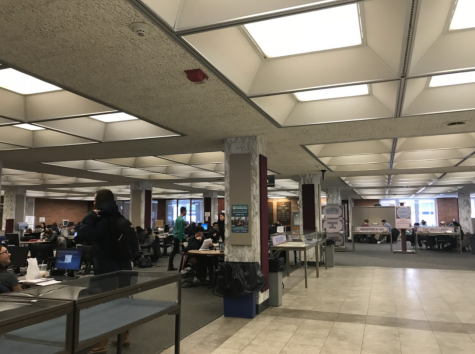
After a quick 15 minute drive, we arrived at Haverford College. Haverford was the smallest school we had visited so far, with less than 2000 students. Haverford’s buildings are also stunning, most of them being 19th and 20th-century style buildings. The dorms are very spacious and comfortable, which was a big plus for me, especially for incoming freshmen (which is probably why 99% of the students live on campus). The school was also very creative in its design. For example, they had renovated their old basketball gym and turned it into a building for design classes. They kept the walls and the floorboards the same, but with the additional windows and furniture, it created a whole different look. For students who like a small population but still want a decently sized school, Haverford should be on your list. It’s also only 20 minutes from Philadelphia by train, making it convenient for students who still want to have fun in the city.
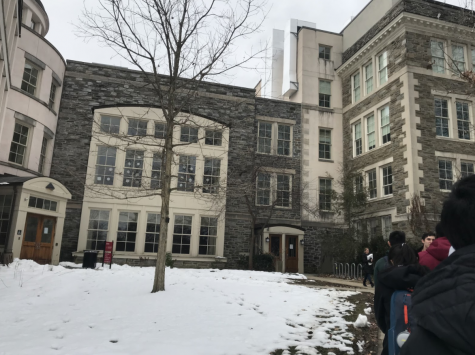
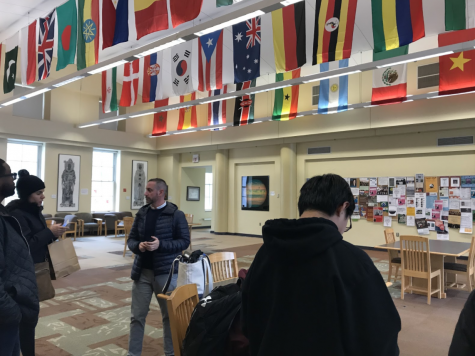
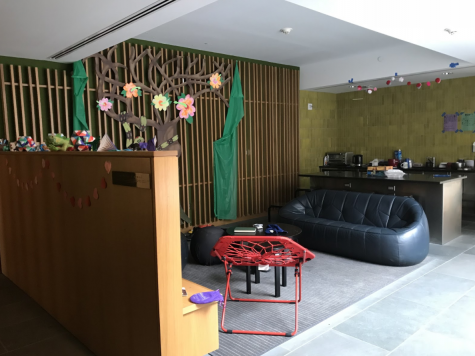
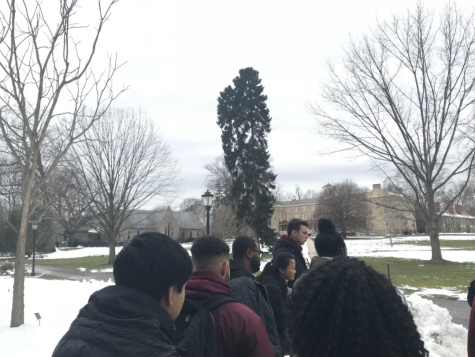
Later that day, we checked in at the Hampton Inn and prepared for the next day.
The next morning, we drove 30 minutes to our next school, Franklin and Marshall College, another small school. It only has just over 2,000 students and it is located in a small city, in Lancaster Philadelphia. Its buildings consist of Gothic and colonial architecture. The students were on spring break, so we got a self-guided tour led by a WA alumni. Although it was snowing and there were gray skies, we could still see how beautiful the campus really is. There are a lot of building choices for students to hang out in, including the multiple campus centers around campus. Everything is located close by, with the exception of a few centers that are across the street. Transportation is convenient since the campus is more on the smaller side of the scale. Overall, this school would fit students who like a smaller community and who like to get around by walking.
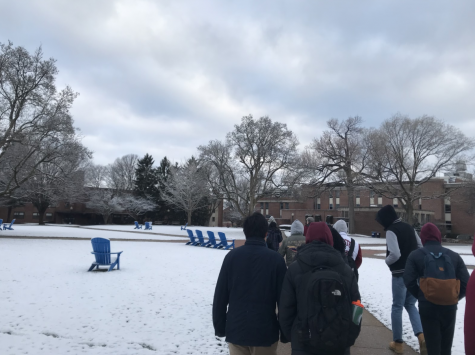
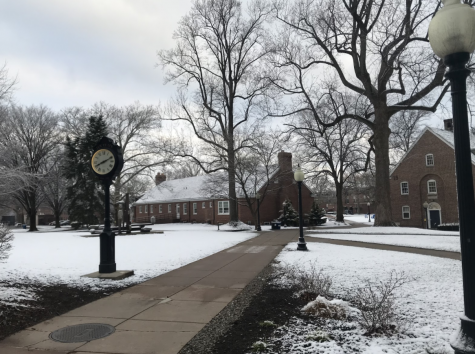
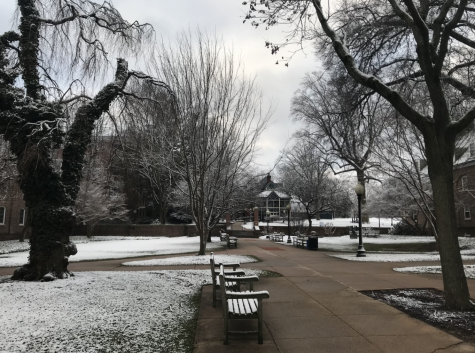
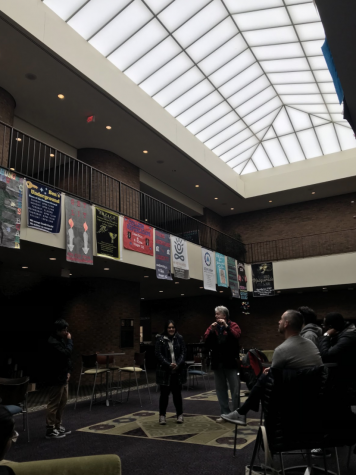
After an hour and a half of driving through the countryside, we arrived at the University of Delaware, a state school. It was very different from what we had recently seen, but nonetheless, most of us were taken aback by how big and beautiful the campus was. The population is less than 20,000 students, on a 970-acre campus. The tour guides also told us that there are always a lot of activities that students can get involved in, including yoga/cycling classes, the Quidditch team, the knitting club, etc. The view of the campus varies from each area. Close to Main St, it looks like UDel is in the middle of the city; while walking through “The Green”, it looks like a peaceful and quiet suburban area. Additionally, we ate at UDel, and all of us were blown away. The variety of food that they served was incredible, ranging from pad thai to quesadillas to pizza. This school would fit a student who wants a medium-sized school, with many activities on and off campus.
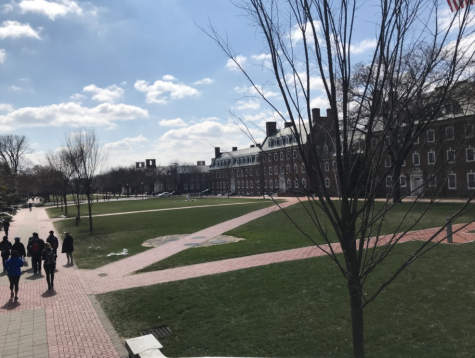
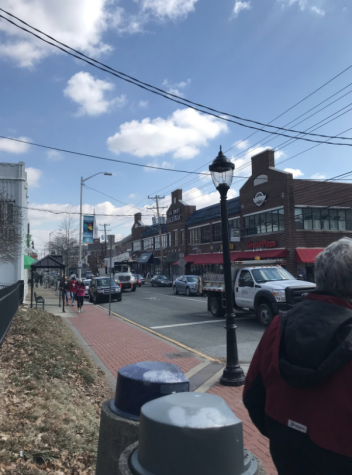
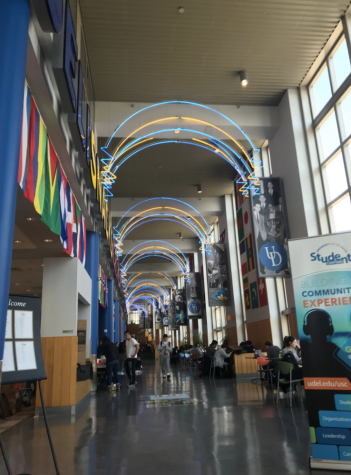
Only touring 2 colleges that day, we drove to Baltimore, Maryland and stayed at the Fairfield Inn hotel for a night.
The next day, we woke up and then drove for 30 minutes to Johns Hopkins University. At the same level as the Ivy League school, JHU is very high on the academic scale. Although it is seen as a science-y school, they do offer many other subjects, including English and humanities. The campus is big, even though not a lot of students are live there. The school had old buildings, but inside they were very modern. The campus was easy to navigate through, and it had a nice campus feel. The facilities were also very modern and nicely done. The campus is really green, with lots of open space to roam around or just hang out. There are also a lot of cafes and quiet spaces to either work or spend time with friends. Johns Hopkins will fit a student who’s hard working, yet still wants to find time to relax with friends.
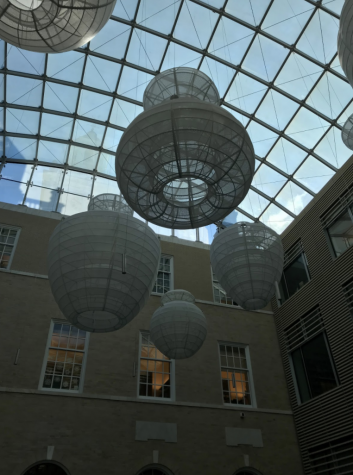
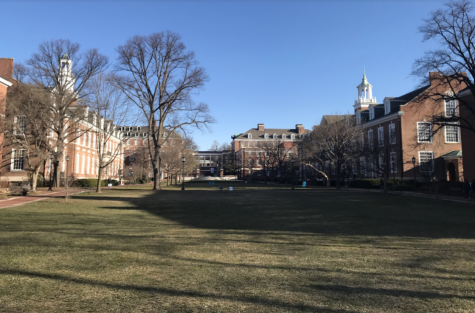
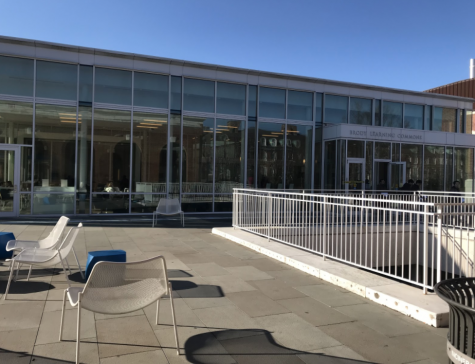
Next, we visited the University of Maryland, definitely one of the bigger schools we have visited on this trip. It holds about 30,000-40,000 students over 1,335 acres. The school had a lot of the same type of buildings: red brick. It was a huge campus; it took us about an hour and a half to walk a part of it. There were definitely a lot of classroom buildings, including the 7 libraries that they offered. However, there were a lot of areas for students to hang out, especially on the quads. There were also a lot of hills, so it was sort of hard to walk around campus. Overall, students who prefer bigger schools and campuses, and have a passion for sports, will enjoy the University of Maryland.
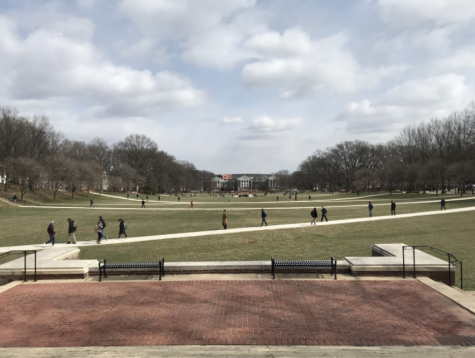
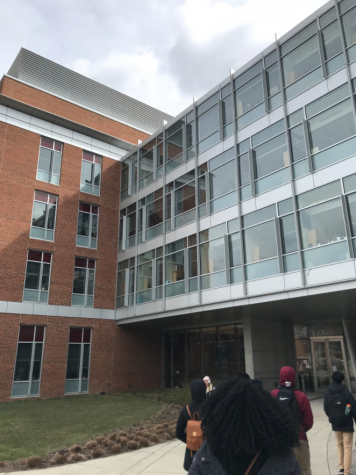
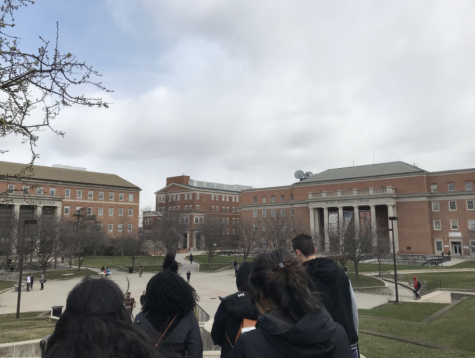
Our last stop for the day was American University. We only spent around 10-20 minutes in that area so we couldn’t really grasp the feel of the campus and school. American University is a small but diverse school, with students from all 50 states and 130 countries. The campus is 84 acres, and it is located in the northwest corner of Washington DC, the city’s outskirts. It is very close to the downtown area. The buildings were very close to each other, which gave AU a nice campus feel. It also had a variety of different building designs. The best majors that they offer are political science and government, international studies, business, and communication. The housing options, however, are not that great. The rooms are small and there are many forced triples, says a student. Although AU doesn’t have football, they are a D1 university for basketball and volleyball. For students who want to continue sports in college, and be close to the city, AU is what you’re looking for.
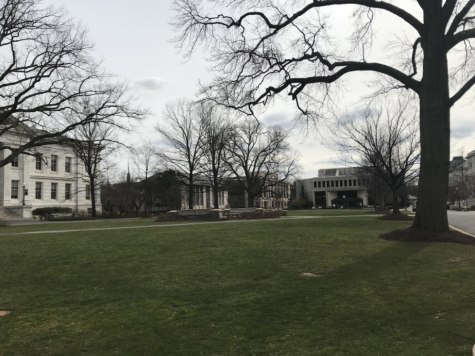
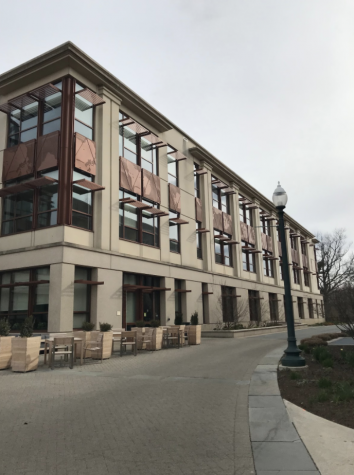
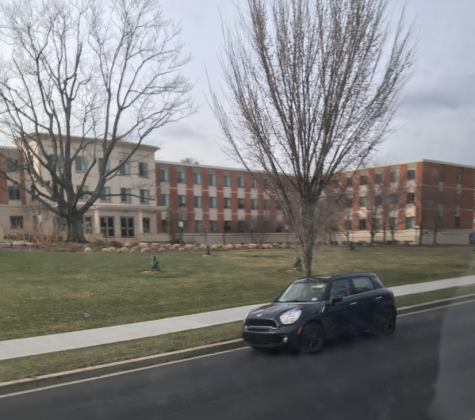
We then checked in at the Doubletree by Hilton, where we stayed for the next 3 nights.
Next morning, we drove to Georgetown University, another very prestigious school. Its population has more graduate students than undergraduates, with 20,000 students in total. Georgetown’s strongest majors are international business and foreign services.The campus was very beautiful, with many old-fashioned and modern buildings. The view from the apartment buildings (which were dorms for students) overlooked the Washington D.C. The student center that we visited had ping pong tables, fireplaces, individual rooms to study in and an excellent view. However, they are very close to the airport, which leads to noisy airplanes once every 2 minutes. The campus is 104 acres and is the nation’s oldest Jesuit university. The location of the campus is very convenient, as students can go to the city easily. The city provides culture, shopping, museums, a big social life, and clean transportation. Students who like nice facilities and Washington DC will come to love this school.
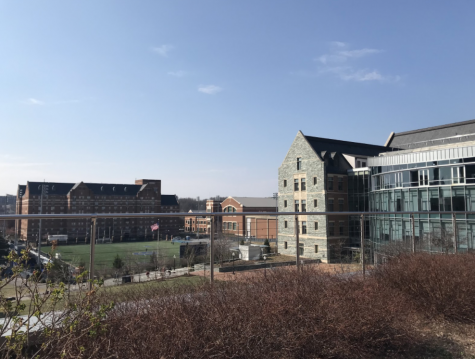
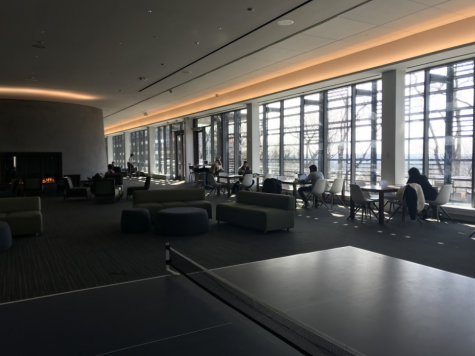
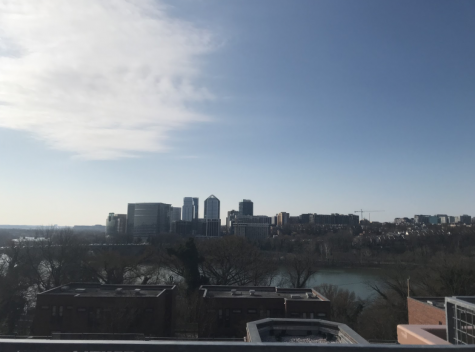
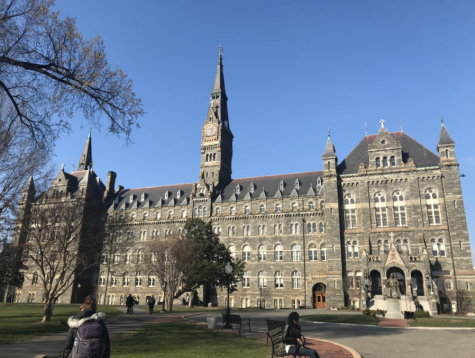
Afterward, we drove to George Washington University. It gained a lot of popularity because of the city and its environment. Its campus is spread out since it is in the city. The buildings had a variety of old and modern, but the interiors were mostly modern. There are a lot of places for students to study and hang out. However, one student stated that “the campus remains fairly segregated according to race and cultural backgrounds”, which can be a deal breaker for some. Overall, GW would suit students who like having a big campus, with regard to its proximity to Washington DC.
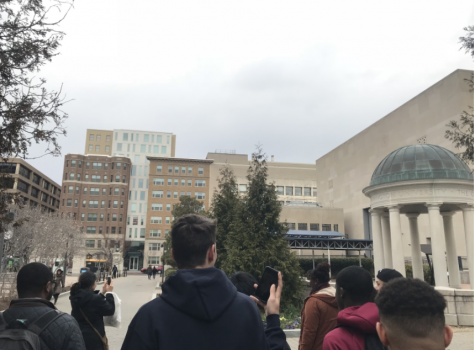
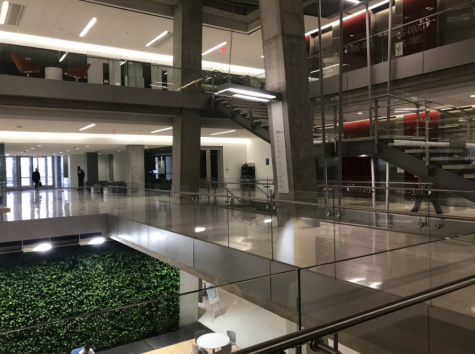
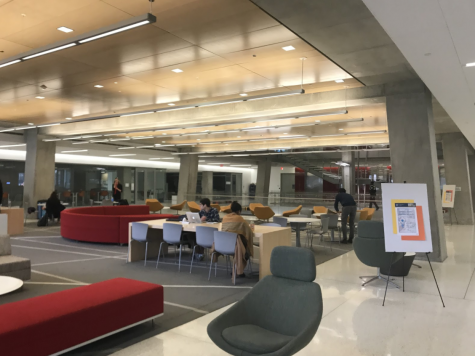
The next day, we had a personalized tour of Howard University by a college counselor’s cousin. Howard University is a historically black school, so its students mostly consist of African-Americans. Only 11% are an ethnicity other than African American. The campus is around 89 acres. The school has excellent programs in business, computer science, and psychology. Howard has many different schools for different subjects, so students will be able to find what they want to do there. Its environment is competitive, and students state that the courses are rigorous. Students also state that housing is average in regards to availability, maintenance, and comfort. Athletics are a big thing on campus too; Howard is a D1 school for basketball, soccer, football, swimming, and diving. All in all, students who like a balance of sports and school will like Howard.
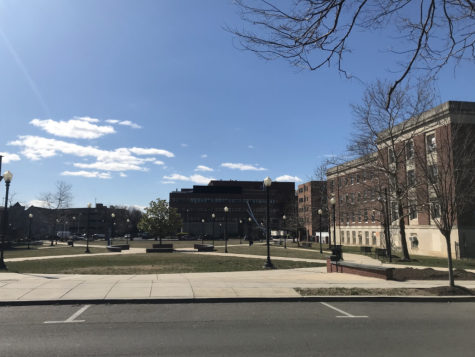
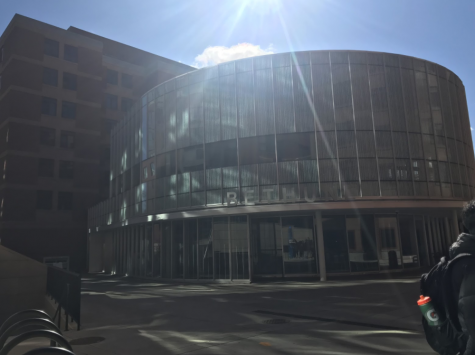
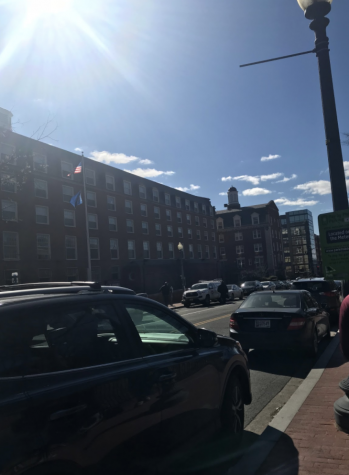
After touring all these schools, I’ve noticed many similarities between them. All schools want students to grow and find what they are passionate about. They all offer a variety of courses, and many have over 200+. Many schools emphasize having small classes, in case some people get intimidated by classes over 100 people. Colleges also talk about the involvement and the inclusiveness of the community. They talk about different fun events for bonding between students. Some are competitions, others are more just social events for students to get to know each other. The colleges want you to feel at home when you’re there. Additionally, in all the info sessions I’ve attended, I’ve notices these details. Statistics are important: grades, standardized testing, etc. However, that’s not all. Involvement in school activities and leadership looks good on an application. Additionally, when writing essays, admission officers like it when they can have a feel of what your personality is like, and what kind of person you’ll be in a classroom setting. For some people, the ranking of the school is important in considering a college, but you should also consider if you feel at home on their campus.
